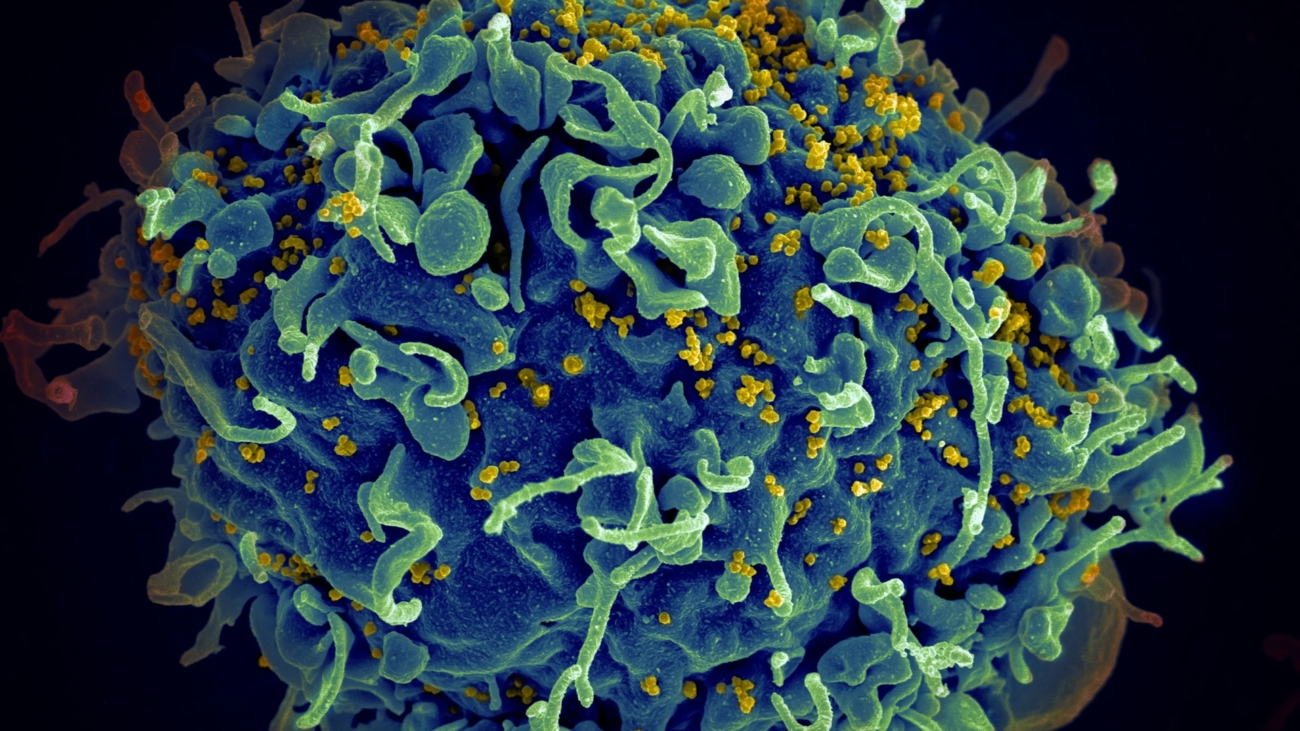1. Remote Patient Monitoring
Continuous Health Tracking
IoT-enabled devices like wearable fitness trackers and smart health monitors can continuously track patients’ vital signs, such as heart rate, blood pressure, glucose levels, and oxygen saturation. These devices transmit real-time data to healthcare providers, allowing for continuous monitoring without the need for frequent hospital visits.
Early Detection and Alerts
IoT devices can detect abnormalities and send alerts to both patients and healthcare providers. For example, if a patient’s heart rate becomes irregular, the device can trigger an alert for immediate medical attention. Early detection of potential health issues allows for prompt intervention, which can significantly improve patient outcomes.
2. Smart Medication Management
Automated Medication Dispensers
IoT-powered smart medication dispensers ensure patients take their medications on time and in the correct dosage. These devices can be programmed to dispense medication according to the prescribed schedule and send reminders to patients. They can also notify caregivers or healthcare providers if a dose is missed.
Medication Adherence Monitoring
IoT systems can track whether patients adhere to their medication regimens. Sensors in pill bottles or blister packs can record when medication is taken, providing valuable data to healthcare providers. This information helps in adjusting treatment plans and improving overall medication adherence.
3. Connected Inhalers for Respiratory Conditions
Monitoring Usage Patterns
Connected inhalers for asthma and chronic obstructive pulmonary disease (COPD) can track when and how often patients use their inhalers. This data helps healthcare providers understand usage patterns and assess the effectiveness of treatment plans.
Real-Time Feedback and Alerts
These inhalers can provide real-time feedback to patients, reminding them to use the inhaler as prescribed. They can also send alerts if the inhaler is used more frequently than usual, indicating a potential worsening of the condition that requires medical attention.
4. IoT-Enabled Telehealth Platforms
Virtual Consultations
IoT devices can integrate with telehealth platforms to enable virtual consultations between patients and healthcare providers. Wearable devices can transmit real-time health data during the consultation, allowing doctors to make informed decisions based on current health metrics.
Remote Diagnostics
IoT devices can facilitate remote diagnostics by collecting and transmitting patient data to specialists who can analyze the information and provide a diagnosis without the need for the patient to visit a healthcare facility. This is especially beneficial for patients in remote or underserved areas.
5. Smart Hospital Management Systems
Asset Tracking
IoT sensors can be used to track medical equipment and supplies within a hospital. This ensures that critical devices like ventilators, defibrillators, and wheelchairs are always available when needed, reducing downtime and improving patient care.
Environmental Monitoring
IoT devices can monitor environmental conditions in hospitals, such as temperature, humidity, and air quality. Maintaining optimal conditions is crucial for patient safety, especially in areas like operating rooms and intensive care units.
6. Smart Beds and Patient Monitoring Systems
Real-Time Patient Monitoring
Smart beds equipped with IoT sensors can monitor patients’ vital signs, movement, and position. This data can help prevent bedsores and other complications by alerting healthcare providers when a patient needs to be repositioned.
Fall Detection
IoT-enabled smart beds can detect when a patient is at risk of falling and alert caregivers to intervene. This can significantly reduce the incidence of falls in hospitals and care facilities, improving patient safety.
7. IoT for Chronic Disease Management
Continuous Glucose Monitoring
For patients with diabetes, IoT devices like continuous glucose monitors (CGMs) provide real-time tracking of blood glucose levels. These devices can alert patients and healthcare providers to abnormal glucose levels, allowing for immediate adjustments to treatment plans.
Heart Health Monitoring
IoT devices can continuously monitor patients with heart conditions, tracking metrics like heart rate variability and detecting arrhythmias. This data helps cardiologists make more informed decisions and adjust treatment plans in real-time.
8. Emergency Response Systems
Automated Emergency Alerts
IoT devices can automatically alert emergency services in the event of a medical crisis, such as a heart attack or stroke. Wearable devices can detect these events and send the patient’s location and health data to first responders, ensuring rapid and accurate emergency care.
Real-Time Coordination
IoT systems can facilitate real-time coordination among emergency responders, hospitals, and healthcare providers. This ensures that patients receive timely and appropriate care during emergencies, improving survival rates and outcomes.
How Real-Time Monitoring Using IoT Enhances Decision-Making in Healthcare
Data-Driven Insights
Real-time monitoring using IoT provides healthcare organizations with a wealth of data on patient health. This data can be analyzed to identify trends, predict outcomes, and inform treatment plans. Data-driven insights enable healthcare providers to make evidence-based decisions that improve patient care and operational efficiency.
Proactive Healthcare
IoT enables a shift from reactive to proactive healthcare. By continuously monitoring patients and detecting early signs of health issues, healthcare providers can intervene before conditions worsen. This proactive approach leads to better patient outcomes and reduces the need for costly emergency care.
Improved Resource Allocation
Real-time data from IoT devices helps healthcare organizations allocate resources more effectively. For example, hospitals can use data on patient flow and equipment usage to optimize staffing levels, reduce wait times, and ensure that critical resources are available when needed.
Enhanced Patient Engagement
IoT devices empower patients to take an active role in their healthcare by providing real-time feedback and reminders. Engaged patients are more likely to adhere to treatment plans, attend follow-up appointments, and make healthy lifestyle choices, all of which contribute to better health outcomes.
Streamlined Operations
IoT technology streamlines healthcare operations by automating routine tasks, reducing manual errors, and improving communication among healthcare teams. This leads to more efficient workflows, reduced operational costs, and a higher standard of care.
In conclusion, the integration of IoT in healthcare offers numerous benefits for both patients and healthcare providers. Real-time monitoring and data-driven decision-making enhance patient outcomes, improve operational efficiency, and enable proactive healthcare. By embracing IoT technology, healthcare organizations can provide higher quality care and respond more effectively to the evolving needs of their patients.

